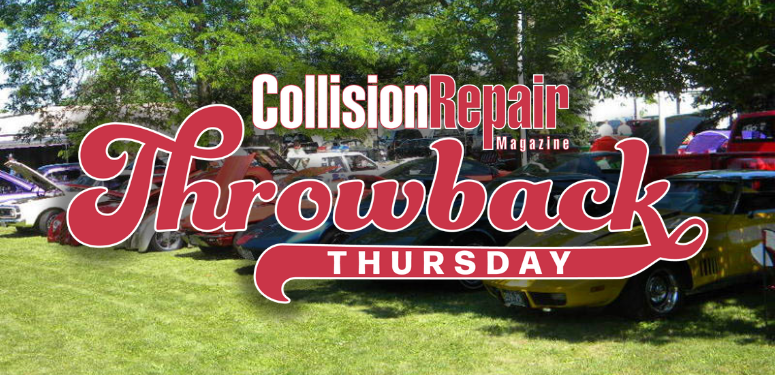Or, at the very least, get on the same page
By ALLISON ROGERS
I was recently at an industry training event where multiple verticals of the sector were represented. It was a little like an elementary school dance; distinct groups around the room, speaking in hushed conversations in response to the presentation in front of them. If you’re wondering, I sat in the middle of the room. I like being the centre of attention. The topic of the day was one the industry continues to grapple with on multiple levels. At the end of the day—and even throughout the learning session, really—each group found plenty to say about the others. Comments on how the opposite group was not doing enough to contribute to any solutions; but, essentially, they were saying the same thing.
There seems to be a widespread misconception in the collision repair chain, in the belief that repairers, techs, painters—the bodyshop staff—are the only ones required to keep their training current.
It’s not only the collision centre’s job to keep up-to-date with modern repair techniques. While it’s crucial that the person with their hands on the car knows what they’re doing, it’s just as vital that other corners of the industry keep aware of vehicle complexities and the repair procedures associated with modern cars. It’s the entire industry’s duty to stay in touch with the times. What would happen if the OEMs just decided to stop updating their procedures; stop updating tool requirements and just let it all run wild? A liability nightmare. If you have anything to do with the collision process, from the first notice of loss through to vehicle delivery, it is your duty to stay informed. The average customer knows very little about how their car operates—especially if that model comes standard with the fancy bells and whistles of today.
You are, in all likelihood, the ones informing them of the complexity of their vehicle; it’s your duty to restore their vehicle to its pre-accident condition, and to either do it or direct it correctly. When you ask an expert on technological advancement in modern vehicles exactly who should know the basics of techy things like ADAS calibrations, most instructors will say all staff should have some surface knowledge. The customer service rep answering the customer’s calls should be able to speak to the service with some degree of confidence. And, obviously, those with their hands on the car (and the driver’s safety in their hands—no pressure) require an understanding of how to properly complete a calibration. As a facility owner, you surely need a little comprehension.
But, beyond that, we all need to work together. All parties need to stop pointing aggressive fingers at the other without naming any sort of solution. Just like what I witnessed at the training event I mentioned; we’re all saying the same thing. Take your own advice.
it’s not Only the collision centre’s job to keep up-to-date with modern repair techniques. It’s the entire industry’s duty to stay in touch with the times.






































